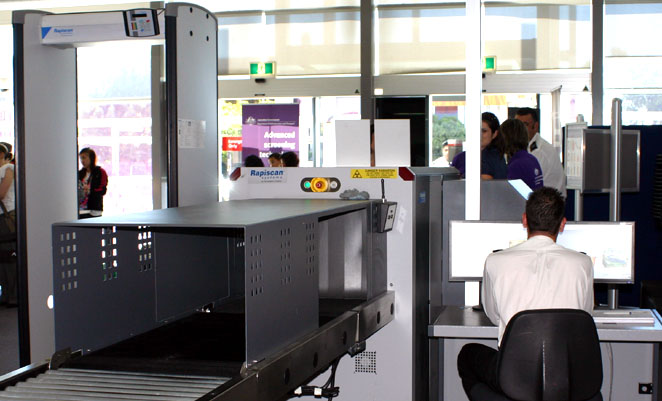
The federal government’s move to lift the terror alert level to high will result in a bolstered presence from law enforcement agencies at airports and may cause longer wait times for travellers and additional security checks for staff, Australia’s security bodies say.
Airports and airlines, however, have not been asked to do anything extra as a result of the national terrorism public alert level being lifted from medium to high on September 12.
“The heightened threat level will necessitate an increased scrutiny of passengers, crew and/or goods at entry and exit control points having regard to available intelligence,” an Australian Customs and Border Protection Service (ACBPS) spokesperson said in an emailed statement to Australian Aviation.
“ACBPS will take the steps necessary at our borders to protect our national security. At times, this will mean that national security takes priority over the convenience of the travelling public.”
ACBPS started adding about 80 Border Force officers as part of a Counter-Terrorism Unit at airports across Australia from August 22, before the national terrorism public alert level was raised to high. The unit’s role was to help ACBPS staff deal with inbound and outbound national security threats, and intervene in suspicious circumstances or intercept persons of national security interest in customs controlled areas, the agency said.
The Office of Transport Security, which is part of the Department of Infrastructure and Regional Development, said Australia’s aviation community had a strong security focus and aircraft and airport operators already had “robust security measures” in place.
Those included passenger and luggage screening, background checks, access controls to sensitive areas and face-to-ID checks.
Moreover, there was closed-circuit television monitoring at airports and a rigorous audit and compliance regime for security measures, among other things.
“At this time, the Australian Government is not proposing to require airport or airline operators to implement any additional security measures,” the Office of Transport Security said in an emailed statement.
However, the OTS said industry participants had been asked to “reinvigorate” security awareness around their facilities, increase vigilance around unattended and suspicious items, review active shooter plans and emergency management programs and increase security signage and communication at the airport. Staff should also expect an increased frequency of “face-to-photo identification checks for staff working in secure areas of the airports”, the OTS said.
The OTS said the Australian Federal Police was increasing patrols at major airports.
“The Department will continue to work with partner agencies and the aviation industry to assess the situation,” the OTS said.
“We encourage industry participants to remain vigilant and to continue to implement current measures and obligations.”
ACPBS said the use of automated departure eGates, to be rolled out at Australia’s eight major international airports from the middle of 2015, would also aid in identifying suspicious people.
“Implementation of eGates allows ACBPS officers to focus their attention on travellers who pose a risk to Australia, while legitimate, law-abiding travellers will be facilitated more efficiently with less manual intervention,” the ACPBS statement said.
“eGates use facial biometric technology to confirm the identity of the traveller and will also authenticate travel documents.
“The Government is aiming to provide legitimate, law abiding travellers with an experience that is efficient, seamless, low-touch and high-tech. This technology will both improve the departures experience for legitimate travellers and improve border security outcomes.”












